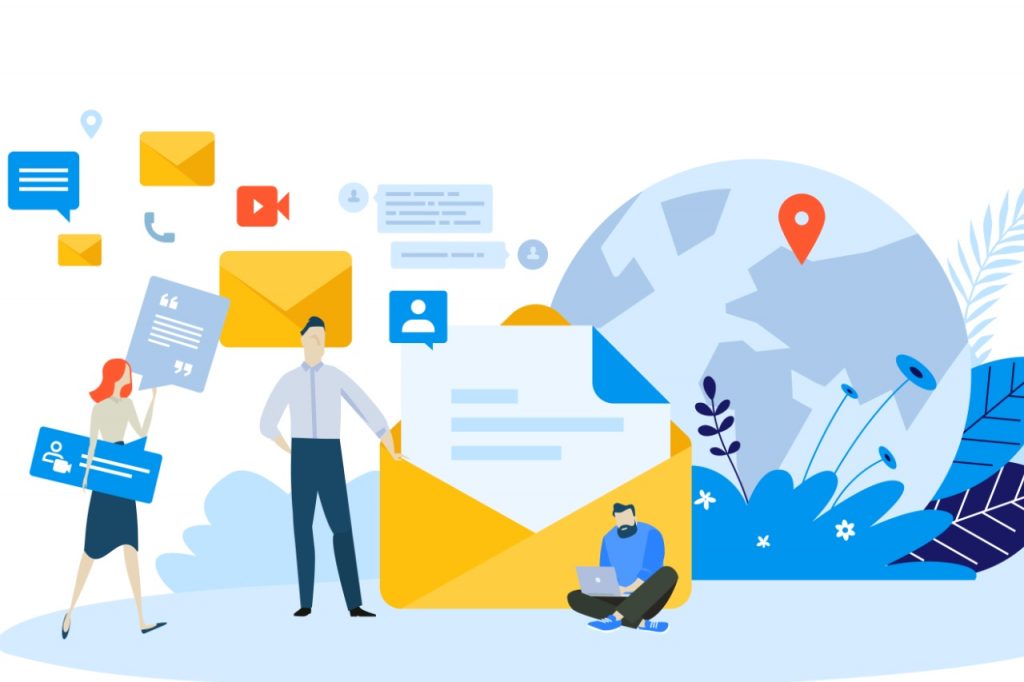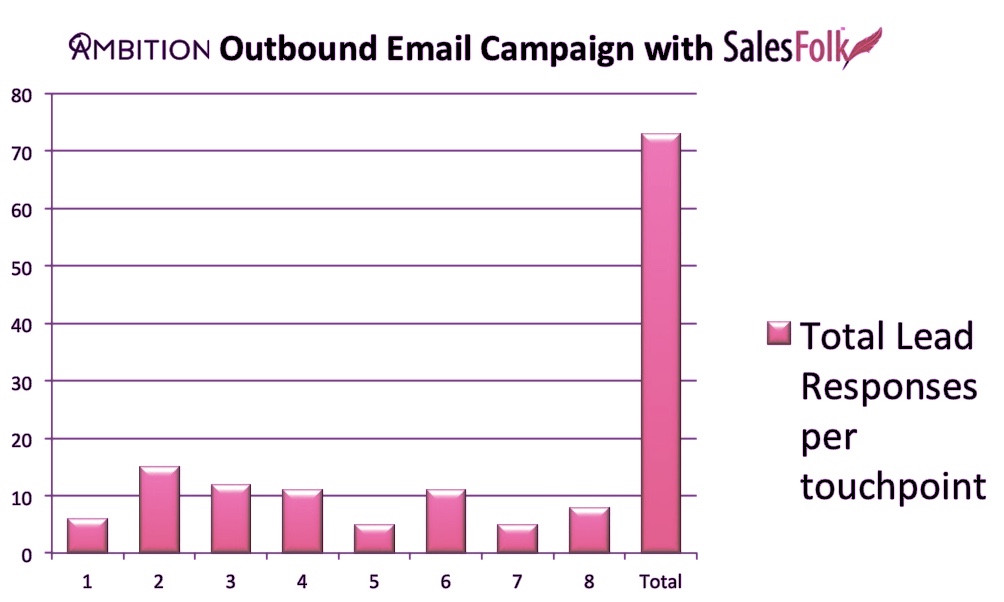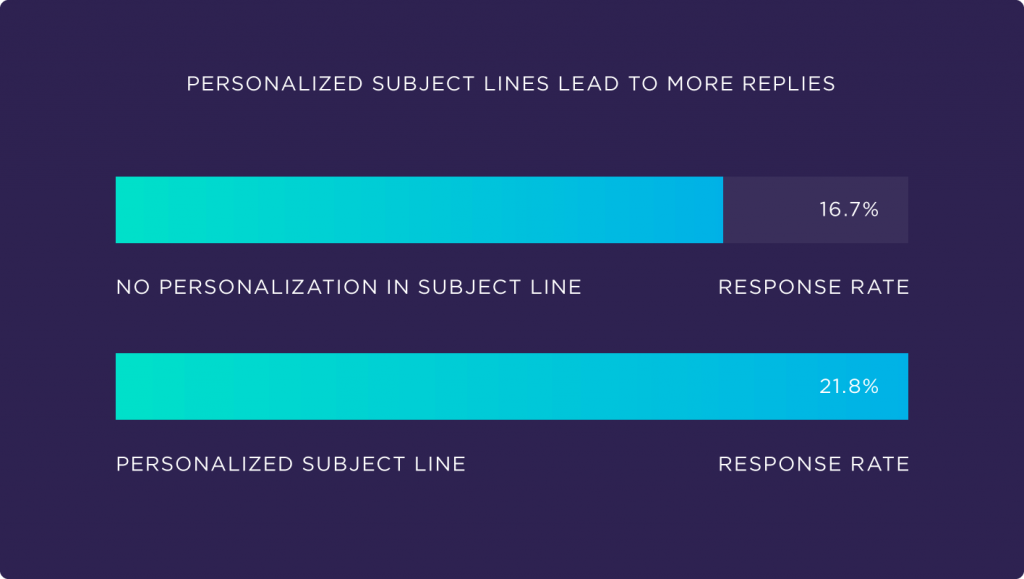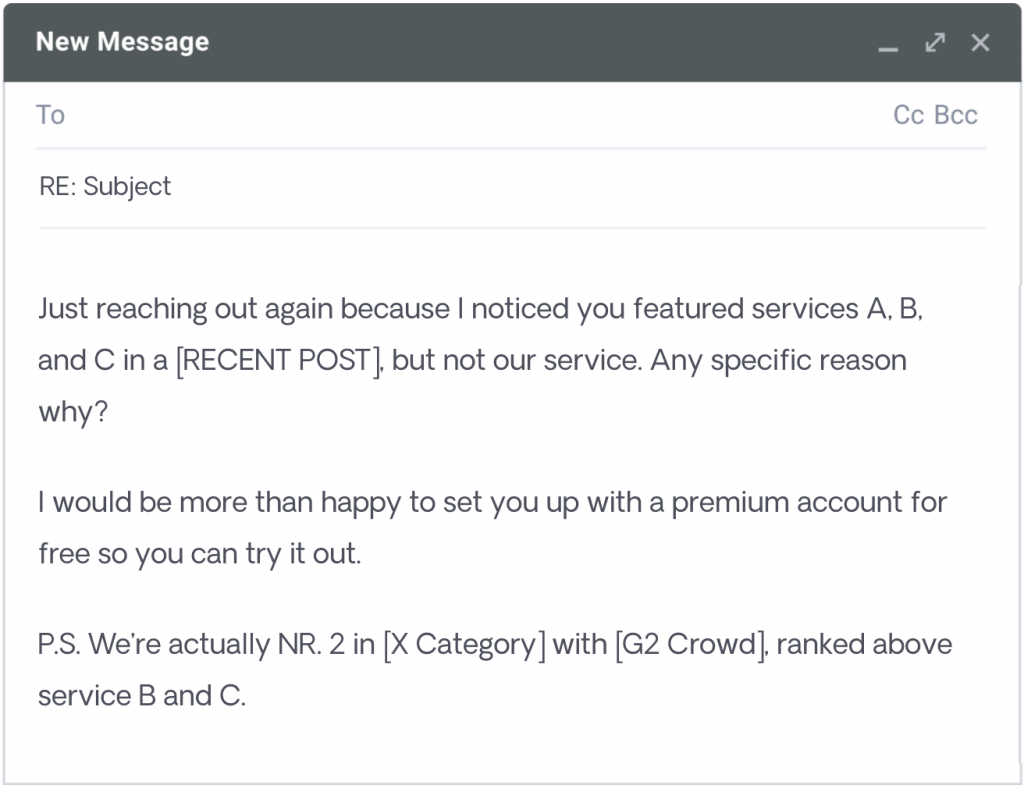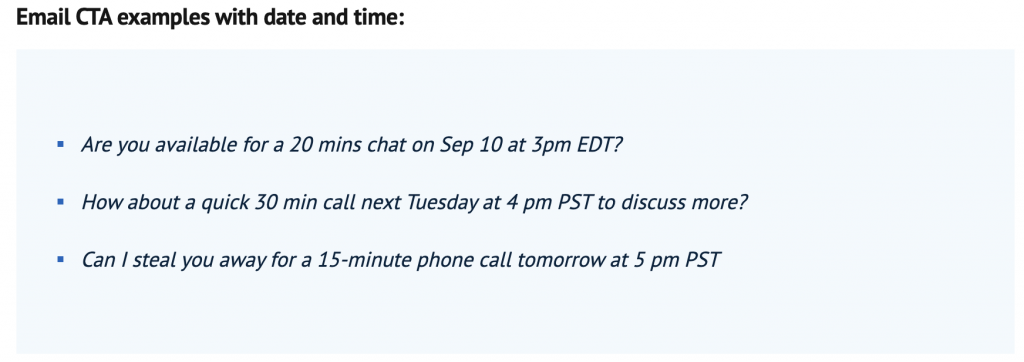Follow-up emails are a positive dilemma for companies and sale teams. Research shows that follow-up gets people’s attention. It also shows that 80-90% of sales are made after the fourth or fifth contact with the client. It’s best to understand that clients buy when they are ready, not when you are prepared to sell. Today technology has introduced tools that can help in learning purchasing history of clients. Companies can send follow-up emails with the guide of digital tools. For effective sales and marketing, the majority of the devices. Are compatible with the email system, thus helping sale representatives focus on potential leads. You can follow our guide on how to write a follow-up email after no response to get more leads in just six steps.
When Should You Follow-up, and How Many Follow-up Emails to Send?
The follow-up email is only effective if you follow two main principles: Research shows 91% of business emails sent are open with 24 hours. In the same way, 90%of responses happen with 24 hours. To get the time perspective, this doesn’t mean you should make a follow-up after 24 hours. This will land you on the spammy email list. The number of follow-ups (frequency) and the time should be adequately estimated. You can access email tracking tools to help learn whether your contacts are accessing the emails. However, studies show for a positive response; businesses require several follow-ups. The Majority of the sales team who contact their leads gain more at the fifth or sixth touch. The graph shows the response of the cold prospect after several follow-ups/touches. The customers seem to respond more from the sixth to eighth touch.
How Long to Wait before Sending Follow-up Emails?
Companies should learn about frequency before starting the follow-up process. It’s challenging to know the right timing. Too soon will annoy the prospect, and if you take long, they will forget about you or have other solutions. This process is determined by space and time. It’s also essential to check some reactions from the clients. Those who show interest then went cold, those who didn’t show interest but have not to unsubscribe from the email. Sales follow-up emails Day 0 – Cold email Day 2 – 1st follow-up email Day 4 – 2nd follow-up email Day 8 – 4th follow-up email Day 12 – 4th follow-up email Day 19 – 5th follow-up email Day 26 – 6th follow-up email The sales team can categories the prospect based on the type of response. The follow-up emails can be after two days, 7 to 10 days, or fortnight monthly based on the campaigns and leads.
How to Write A Follow Up Email
Follow-up emails are tricky and challenging to format. You don’t want to sound too persuasive or demanding. The email should have the right tone towards the client. Below are some steps with hypothetical scenarios.
First, connect with the potential client through social media.
Modern-day clients are spending their time using social media platforms. It’s easy to access and create a bond and business establishment with the client. This will help them read your emails since they are familiar with your business. You can always write a personalized note of why you’re contacting them. It will help them remember the object and give details about your company. After a strong connection on social media, now you can proceed to step two.
Next, create a subject line that doesn’t feel spammy but demonstrates the value.
The subject line should show more value and relevance. It should personalize, making the client feel referred to. The subject line should show the importance of reading and giving the email time. You can use an uncommon line that is catchy and will get a high open-rate: Subject line: I just called to say I like you Open rate: 52% Subject lines are essential content which companies or salespersons should invest in while sending follow-up emails. Ensure they are not too short but should be clear for the reader. Thus, you can personalized a follow up email after no response. To have effective results, it better to continue with the previous email thread. The follow-up won’t sound or look new to the customers. They can easily trace their last email without difficulty.
Inform the client why you’re emailing them and what you require
Now you need to inform the client why and what you need from them. You can use different strategies to tackle the process. First, segment your prospects in the following categories. Having the two groups will assist in giving the right context to each client. You can be clear on why you’re contacting them. Suppose they didn’t open the email; you can provide the context by informing them about the email and why you have reached out again. Ensure to have some of the original email content. You can phrase it differently but provide the essential information you want them to learn. Since you want to convey the message and give reasons why you are emailing, ensure clear and precise not to bother the prospect. The reasons might generate a positive response from the lead.
Answer the question, “what is inform me?”
All clients are self-centered, especially when dealing with strangers. They always have the question of why they are contacting them. What the catch if I purchase your product or service. And what is inform me? When stating your answer, ensure they favor your business and also the client. You can never work for free so give reasonable targets also to maintain a friendly environment. Research on how to tackle cold email outreach (Noah Kagan’s framework). What worked out for him to satisfy the question “what in for me?” was:
Flattery
One can compliment them or stroke their ego.
Benefits
You should state the benefits they will get for the product or service.
Credibility
Give the client a picture that they would benefit from having you and your business. That they will enjoy having the companies services at their exposal. Companies should state benefits such as free premium trial services. Build some credibility by offering several products at a discount for a certain period. You can also point out where the prospected feature in a competitor’s products. You can introduce your product and why it should use or care for. Here’s a follow up email sample after no response. It’s a gentle follow up email sample. You should politely mention I would like to follow up on my previous email.
Next, add a strong call to action CTA.
Following up on cold emails is challenging since you’re a stranger to the prospect and cannot force them to open the emails. However, you can implement better ways for them to read and respond to the emails. Don’t use vague remarks but create personalized and good open content of why you want them to react and use your products.
Automate your follow-up email sequence
Companies can invest in automated tools to help in email sequence follow-up. This will reduce the need to keep writing emails to different leads. The tools will identify the potential clients and provide the right context when needed. Though challenging, the follow-up process requires a smart working approach, knowledge about the prospects, and skills to handle every client. Companies can use different digital tools to help in the follow-up process and maintain good business relationships.
